The Science of Human Sleep and Circadian Rhythms
Introduction
The science of human sleep and circadian rhythms involves a complex interplay of biological processes that regulate sleep-wake cycles, hormone production, and other physiological functions. The study of these processes provides insights into human health, behavior, and disease.


The Sleep Cycle
The human sleep cycle is a five-stage process that repeats approximately every 90 minutes during a typical night's sleep. These stages include four stages of non-rapid eye movement (NREM) sleep and one stage of rapid eye movement (REM) sleep.
NREM Sleep
NREM sleep is characterized by slow brain waves, reduced heart rate, and decreased body temperature. This phase of sleep is further divided into four stages: N1, N2, N3, and N4.
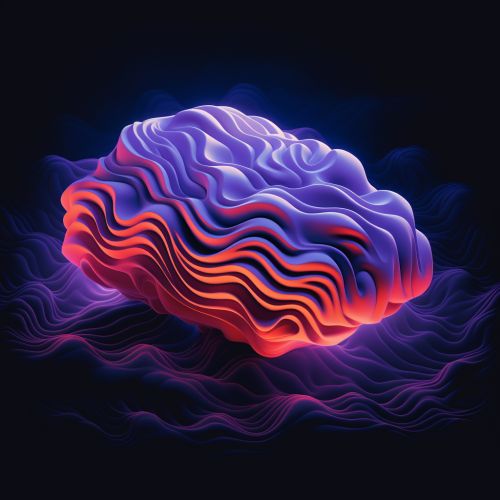

N1 Sleep
N1 sleep, also known as light sleep, is the transition phase from wakefulness to sleep. During this stage, muscle activity slows down, and the eyes often move slowly.
N2 Sleep
N2 sleep is a period of light sleep before entering deeper sleep stages. Brain waves become slower, with occasional bursts of rapid waves called sleep spindles.
N3 and N4 Sleep
N3 and N4 sleep, often combined and referred to as slow-wave sleep (SWS), represent the deepest stages of sleep. During these stages, the body repairs and regrows tissues, builds bone and muscle, and strengthens the immune system.
REM Sleep
REM sleep, named for the rapid eye movements that occur during this stage, is associated with intense brain activity, vivid dreams, and temporary muscle paralysis.
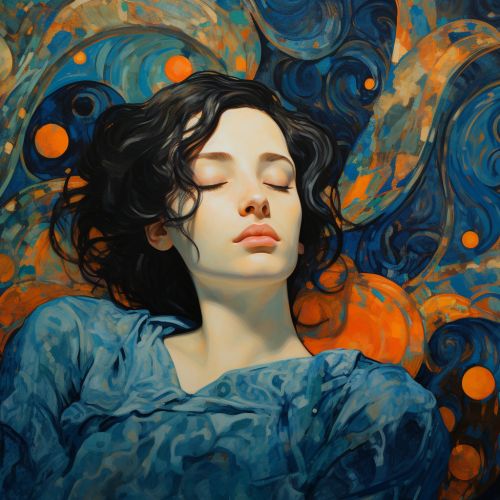
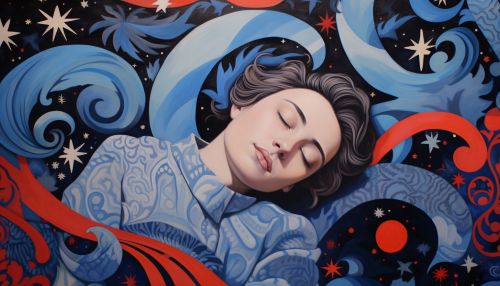
Circadian Rhythms
Circadian rhythms are roughly 24-hour cycles of physiological processes that occur in all living organisms. In humans, these rhythms are controlled by the suprachiasmatic nucleus (SCN), a group of cells in the hypothalamus.

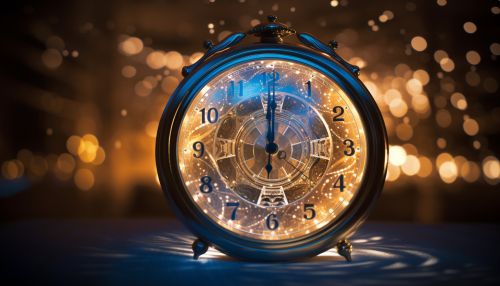
The Role of Light
Light exposure is a primary environmental cue for regulating circadian rhythms. The presence or absence of light signals the SCN to adjust the timing of sleep and wakefulness, hormone production, and other biological processes.
Circadian Rhythm Disorders
Circadian rhythm disorders, such as delayed sleep phase disorder and advanced sleep phase disorder, occur when the timing of sleep and wakefulness is out of sync with the body's internal clock. These disorders can lead to sleep deprivation, impaired cognitive function, and other health problems.
Impact on Health
Sleep and circadian rhythms play a critical role in human health. Disruptions to these processes can contribute to a range of health conditions, including cardiovascular disease, diabetes, obesity, and mental health disorders.
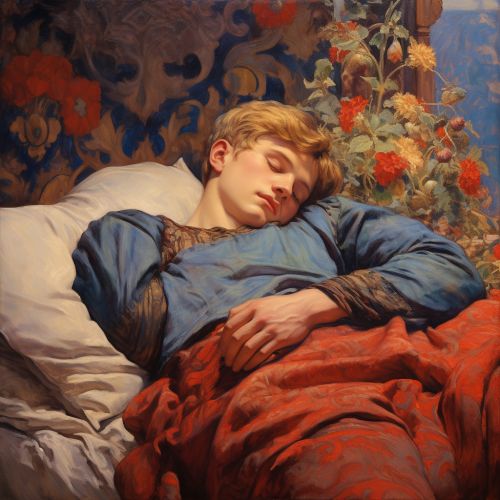

Conclusion
The science of human sleep and circadian rhythms is a rapidly evolving field that holds promise for improving human health and well-being. By understanding these processes, researchers can develop strategies to optimize sleep, manage sleep disorders, and mitigate the health impacts of circadian rhythm disruptions.
